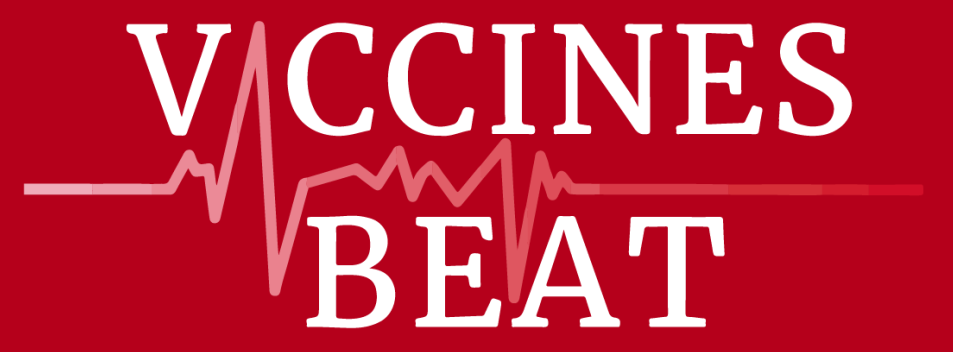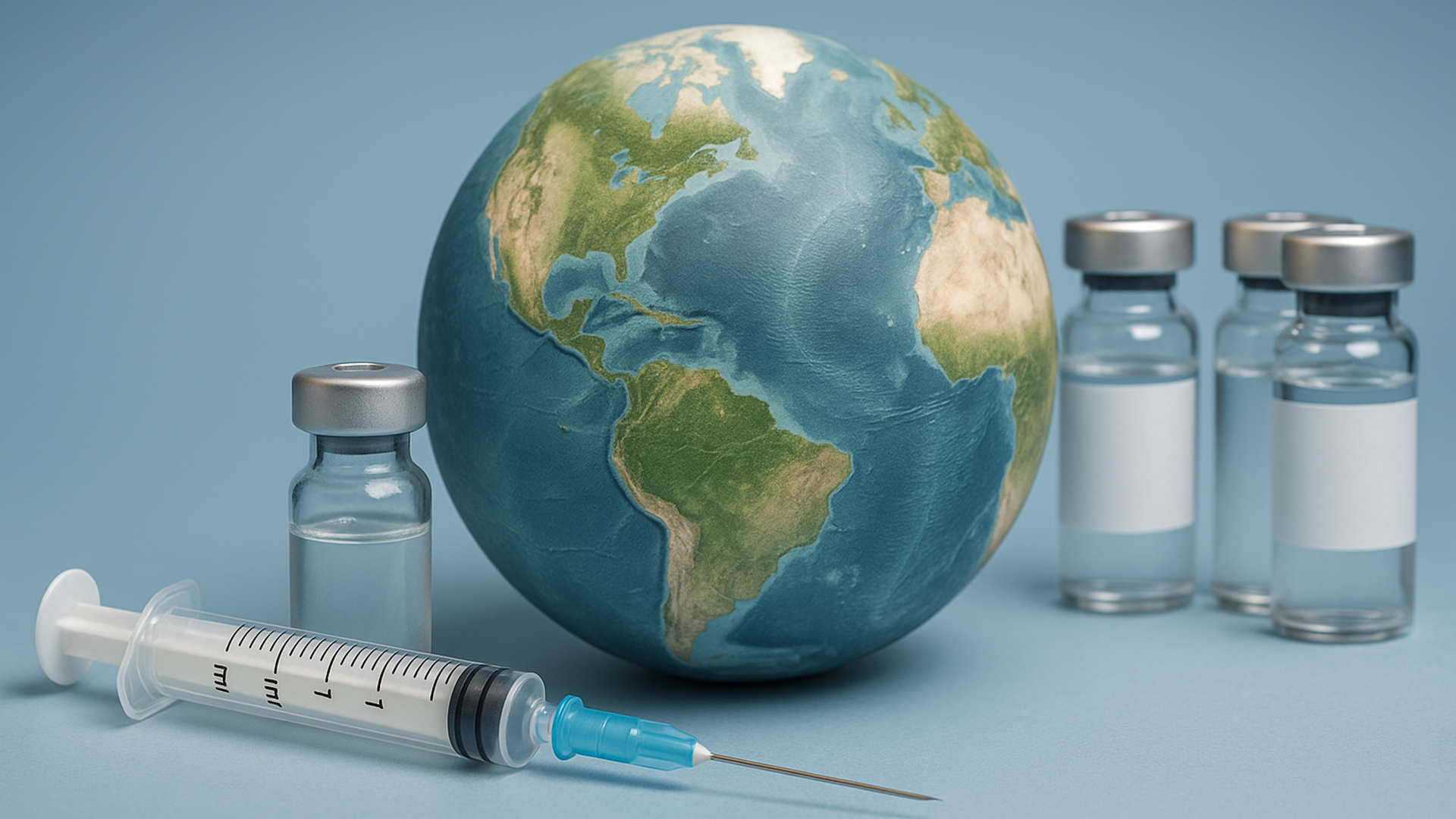By Eduardo Antonio Lara-Pérez, MD. Pediatrician and Pediatric Pulmonologist. Mexican Academy of Pediatrics. Professor, CEO Medical Health Fraternity “Doctors United for Mexico”
Introduction
The history of humanity is intrinsically linked to the struggle against infectious diseases. Over two centuries ago, the English physician Edward Jenner laid the foundations of modern immunology by observing that exposure to the cowpox virus conferred immunity against human smallpox, a devastating disease that caused millions of deaths annually. This innovation, described in his seminal 1798 work, “An Inquiry into the Causes and Effects of the Variolae Vaccinae,” marked the beginning of the vaccination era [1]. The success of mass vaccination campaigns driven by the World Health Organization (WHO) led to the global eradication of smallpox in 1980, an unprecedented milestone in medicine [2].
Throughout the 20th century, the development of vaccines for measles, polio, diphtheria, tetanus, and whooping cough, among others, has saved countless lives and drastically altered life expectancy [3]. However, complacency about the decline of diseases and the spread of misinformation have led to a drop in vaccination rates, resulting in the re-emergence of preventable diseases. More recently, the COVID-19 pandemic demonstrated the urgency of a rapid response, with a focus on new technologies like mRNA and viral vector vaccines, which were developed and distributed at an unprecedented speed [4].
This manuscript analyzes the trajectory of vaccination, from its historical roots to contemporary challenges, including the rise of new infectious threats and the influence of external factors like climate change. We will review vaccines against COVID-19, chikungunya, human malaria, and respiratory syncytial virus (RSV) to illustrate the diversity of technologies and the complexities of their development. Finally, we argue that proactive prevention through immunization is crucial for global health, especially in a world where climate change accelerates the emergence of pathogens and the vulnerability of populations.
1. The Evolution of Immunization: From Empiricism to Biotechnology
1.1 The Legacy of Smallpox and the Concept of Immunity
Jenner’s work demonstrated the principle of protective immunity induced by a similar but less virulent agent [1]. The success of this strategy was fundamental to the subsequent creation of attenuated vaccines, such as those for tuberculosis (BCG), oral polio (OPV), and measles, as well as inactivated vaccines like the injectable polio vaccine (IPV) [5]. These technologies enabled the creation of universal immunization programs, which have been crucial for public health.
1.2 The Response to New Threats: COVID-19 and mRNA Technology
The COVID-19 pandemic accelerated vaccine development on an unprecedented scale. Messenger RNA (mRNA) vaccines, such as those from Pfizer-BioNTech and Moderna, represent a significant technological breakthrough [6]. Instead of injecting a portion of the virus, these vaccines instruct the body’s cells to produce the SARS-CoV-2 spike protein, triggering an immune response. The success of these vaccines has validated mRNA technology for future pandemic responses.
2. Challenges in Vaccine Development for Recurrent and Emerging Diseases
2.1 Chikungunya and Malaria: The Influence of Climate Change
Chikungunya fever, transmitted by Aedes aegypti and Aedes albopictus mosquitoes, has expanded its geographical reach, with recent outbreaks in non-endemic regions. The creation of a vaccine for this disease is challenging due to the need to protect against multiple virus genotypes [7].
Similarly, malaria, caused by the Plasmodium parasite, remains a leading cause of childhood morbidity and mortality worldwide. The development of the RTS,S (Mosquirix) vaccine represents a step forward, although its partial efficacy underscores the complexity of the immune response against parasites [8]. Climate change plays a crucial role in this context, as rising temperatures and altered rainfall patterns expand mosquito habitats, bringing these diseases to new populations [9].
2.2 The Vaccine against Respiratory Syncytial Virus (RSV)
RSV is a major cause of respiratory infections in infants and older adults. The recent approval of the first RSV vaccines marks a milestone in protecting vulnerable groups. The development of these vaccines was a long and complex process, partly due to the instability of the virus’s F protein, which is the target of the immune response [10].
3. The Re-emergence of Preventable Diseases and the Importance of Herd Immunity
Despite the success of vaccines, incomplete vaccination has led to the re-emergence of diseases that were eradicated or nearly eradicated. The re-emergence of measles in Europe and the Americas, driven by misinformation and declining vaccination rates, is an alarming example [11]. Herd immunity, which protects unvaccinated individuals, is only effective if a high proportion of the population is immunized. When this proportion decreases, the chain of transmission is re-established, putting the most vulnerable at risk, including infants, immunocompromised individuals, and the elderly [12].
Conclusions
Vaccination has proven to be the most powerful tool for disease prevention in medical history. However, we cannot take its benefits for granted. The COVID-19 pandemic, along with the re-emergence of diseases like measles and polio, has highlighted the importance of public education, epidemiological surveillance, and investment in research.
Furthermore, the interconnectedness of human health, the environment, and animal health (the One Health concept) is becoming increasingly evident. Climate change is not just an environmental threat; it is a driver of disease emergence and re-emergence, as it alters ecological niches and facilitates the spread of pathogens [9]. The response to these challenges requires a holistic approach that combines vaccine innovation with climate change adaptation and mitigation strategies. Investment in vaccine technologies, such as mRNA, and the development of new platforms for neglected pathogens are crucial. In conclusion, vaccination is more than just a medical intervention; it is a social responsibility and a fundamental pillar of global health that must be protected and promoted to ensure a healthier future for all.
References
[1] Jenner, E. (1798). An inquiry into the causes and effects of the variolae vaccinae, a disease discovered in some of the western counties of England, particularly Gloucestershire, and known by the name of the cow pox. London: Sampson Low.
[2] World Health Organization. (1980). The global eradication of smallpox: Final report of the Global Commission for the Certification of Smallpox Eradication. WHO.
[3] Plotkin, S. A., & Orenstein, W. A. (2014). Vaccines (6th ed.). Saunders.
[4] Sadoff, J., et al. (2021). Safety and Efficacy of the Ad26.COV2.S COVID-19 Vaccine. New England Journal of Medicine, 384(14), 1330–1341. https://doi.org/10.1056/NEJMoa2101544
[5] Centers for Disease Control and Prevention. (2021). Vaccine-preventable diseases. Retrieved from https://www.cdc.gov/vaccines/vpd/index.html
[6] Polack, F. P., et al. (2020). Safety and Efficacy of the BNT162b2 mRNA Covid-19 Vaccine. New England Journal of Medicine, 383(27), 2603–2615. https://doi.org/10.1056/NEJMoa2034577
[7] Weaver, S. C., & Lecuit, M. (2015). Chikungunya Virus and the Global Spread of a Mosquito-Borne Disease. New England Journal of Medicine, 372(13), 1231–1239. https://doi.org/10.1056/NEJMra1406035
[8] Regnault, A., et al. (2018). The RTS,S/AS01 malaria vaccine and its impact on the burden of malaria in sub-Saharan Africa. Vaccine, 36(39), 5824–5833. https://doi.org/10.1016/j.vaccine.2018.08.019
[9] Intergovernmental Panel on Climate Change. (2022). Climate Change 2022: Impacts, Adaptation and Vulnerability. Cambridge University Press.
[10] Papi, A., et al. (2023). Respiratory Syncytial Virus Prefusion F Protein Vaccine in Older Adults. New England Journal of Medicine, 388(7), 595–608. https://doi.org/10.1056/NEJMoa2212658
[11] World Health Organization. (2019). Measles outbreaks in Europe. Retrieved from https://www.who.int/emergencies/diseases/measles/outbreaks-europe
[12] Fine, P., Eames, K., & Heymann, D. L. (2011). “Herd immunity”: A rough guide. Clinical Infectious Diseases, 52(7), 911–916. https://doi.org/10.1093/cid/cir075







